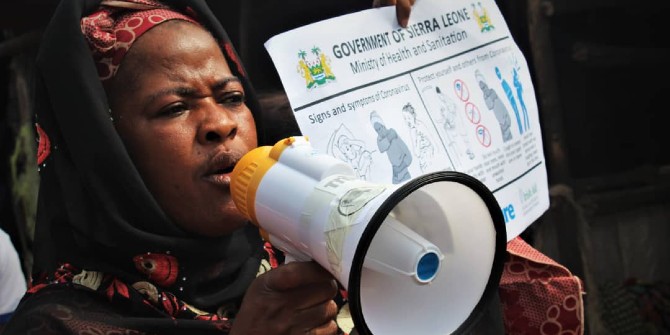
By Matthew Barlow,�� and
By May 2020, every African nation had registered cases of COVID-19. By late July, cases had . A key factor in Africa’s struggle to mount a response to the pandemic (although not the only one) is that years of debt servicing have eroded states’ capacities to build strong health systems.
Research on crisis and pandemics in different parts of the world, particularly in sub-Saharan Africa (SSA), shows that countries will respond to COVID-19 in two phases – the fiscal expansion phase, which involves a series of stimulus packages, and the fiscal contraction phase, which is characterised by austerity. In the case of COVID-19, these phases will require significant levels of financing. In a region with predominantly , debt and donor aid have become an alternative way for governments to finance state obligations. Currently is below the 60% (danger) threshold, which is way below the crisis levels of the 1980s and 1990s.
However, due to low credit ratings translating into poor interest rates. By 2018, 18 SSA countries were at of debt distress and governments made austerity cuts to public services to service their debt obligations. In 2018, 46 low-income countries — most of which are in SSA— were spending more on debt servicing than on healthcare. Annually, SSA countries were spending an average of $70 per capita on (supplemented with $10 external assistance), in contrast to $442 in China and an average of in the EU.Read More »





 In his late-night
In his late-night